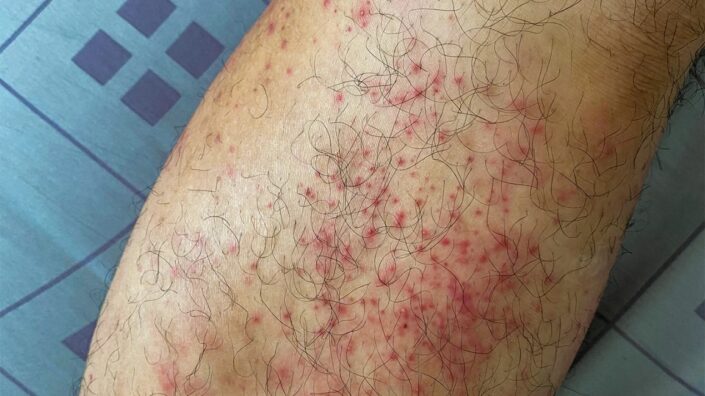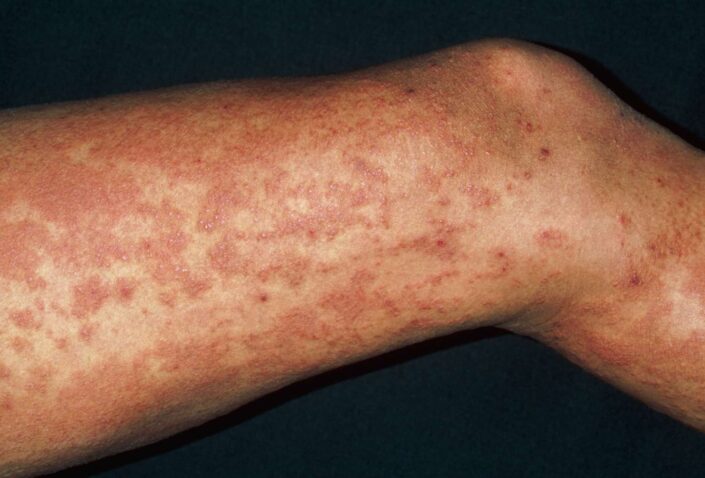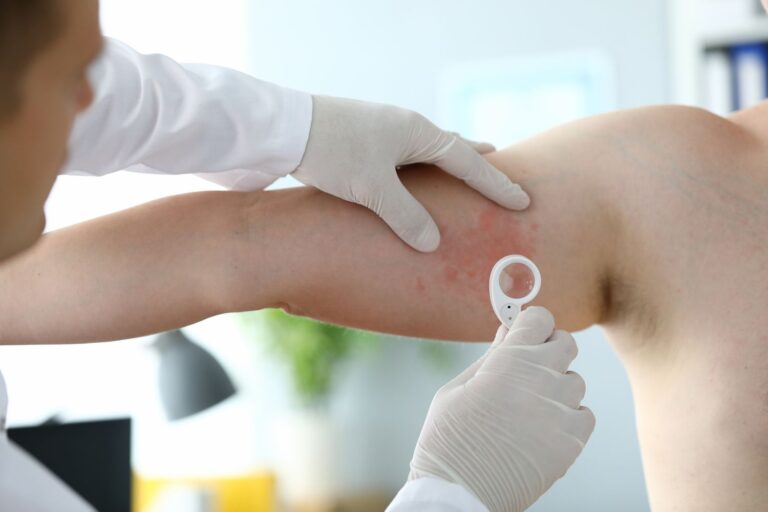Are you struggling with hives? If so, you are not alone. Millions of people around the world suffer from this inflammatory skin condition every year. The good news is that there are ways to live with hives and treat them effectively.
This 2024 guide will provide you with a comprehensive overview on how to manage your symptoms and improve your quality of life. From understanding what causes hives to exploring possible treatments, this guide has all the information you need to better cope with this difficult condition. Be sure to read through for tips on how to make living with hives more manageable!
Understand the Causes of Hives
What are hives? Hives, also known as urticaria, are irritating skin conditions that can affect people of any age. Though the exact cause of hives is not always known, there are several potential sources to consider. Allergies and stress can trigger hives in many cases. Some medications may also be responsible for causing or worsening hives outbreaks. In some cases, reactions to environmental factors such as pollen and dander may lead to hives flare-ups.
It’s important to understand what triggers your own case of hives so you can take steps to avoid them or treat them accordingly when they occur. Additionally, it’s essential to know how best to manage and live with this condition on a daily basis in order to minimize discomfort and embarrassment associated with the red bumps caused by hives on the skin. By understanding the causes behind this common but often misunderstood medical issue, sufferers will have all the information needed for successful treatment and prevention strategies outlined in this guide for living with hives in 2024
Identifying and Avoiding Triggers for Hives

Living with hives can be a challenge, but identifying and avoiding triggers is the key to managing them. Allergens like pollen, pet dander, certain foods, medications or even stress can cause an outbreak of hives. To identify your individual triggers it’s important to keep a detailed log of any activities prior to an outbreak. Once you’ve identified what may have caused the hive reaction you can take steps to avoid similar situations in the future.
It’s also helpful to reduce environmental allergens that are common causes of hives such as dust mites and mold in your home environment. This can be done by regularly cleaning surfaces with all-purpose cleaners or hypoallergenic products; vacuuming carpets and furniture; washing bedding weekly in hot water; using mattress covers designed for dust-mite protection; keeping windows closed during high pollen counts and replacing air filters on heating systems every 2 months.
By understanding how specific factors contribute to outbreaks you will be able to make informed decisions about avoiding relevant irritants going forward. Although this process may require trial and error at first, once you understand your own personal triggers it will become easier over time – allowing you to live more comfortably with hives symptoms long-term
Develop a Treatment Plan for Living with Hives
Living with hives can be a difficult battle, but having the right treatment plan in place can make living with them much more manageable. The first step is to understand exactly what kind of hives you have, as some are chronic while others may come and go depending on environmental factors. Once you know your specific diagnosis, it’s important to talk to your doctor about the best steps for managing symptoms and preventing future flare-ups. A key part of any treatment plan should include avoiding certain triggers.
Common triggers for hives include foods such as nuts or shellfish, pollen, pet dander, medications like aspirin or ibuprofen, extreme temperatures, and stress. Identifying these particular elements ahead of time will help prevent an outbreak from occurring in the future. If an outbreak does occur at home there are several lifestyle changes that can assist in alleviating symptoms without a medical intervention like taking an over-the-counter antihistamine such as cetirizine (Zyrtec) or loratadine (Claritin). Additionally applying cool compresses directly to affected areas can provide relief from itching and swelling associated with hive outbreaks.
If these measures don’t seem to help after a few days it’s important to contact your doctor immediately because long-lasting cases of hives may require additional treatments prescribed by a healthcare professional including oral steroids or other medications meant specifically for this condition. Overall developing a treatment plan for living with hives requires knowledge about what kind of hives you have so that proper precautions can be taken when necessary; knowing which common triggers cause flare-ups helps immensely; trying simple lifestyle remedies at home before seeking medical attention is essential; and finally remembering that if those methods fail then consulting a physician should always be the next step in order to ensure optimal outcomes going forward into the future!
Natural Remedies to Help Treat and Manage Symptoms

When it comes to treating and managing hives, natural remedies can be a great way to help reduce symptoms. One of the most common treatments is taking an oatmeal bath. Oatmeal naturally soothes skin inflammation, reducing itching and discomfort. To use this remedy, simply fill your tub with warm water and add one cup of ground oatmeal or colloidal oatmeal powder to it. Soak in the tub for 20 minutes before rinsing off gently with warm water.
Other popular natural remedies include using honey as an anti-inflammatory agent, drinking chamomile tea which helps reduce swelling, applying aloe vera gel directly onto affected areas to provide cooling relief from itching, and using essential oils such as lavender oil which has antiseptic properties that can aid in skin healing. Finally, another option is apple cider vinegar applied topically to help relieve pain associated with hives due to its acidic nature which reduces swelling and redness when applied on the skin surface. Natural remedies are a great way to relieve uncomfortable symptoms associated with hives while helping you live comfortably until full recovery is achieved!

